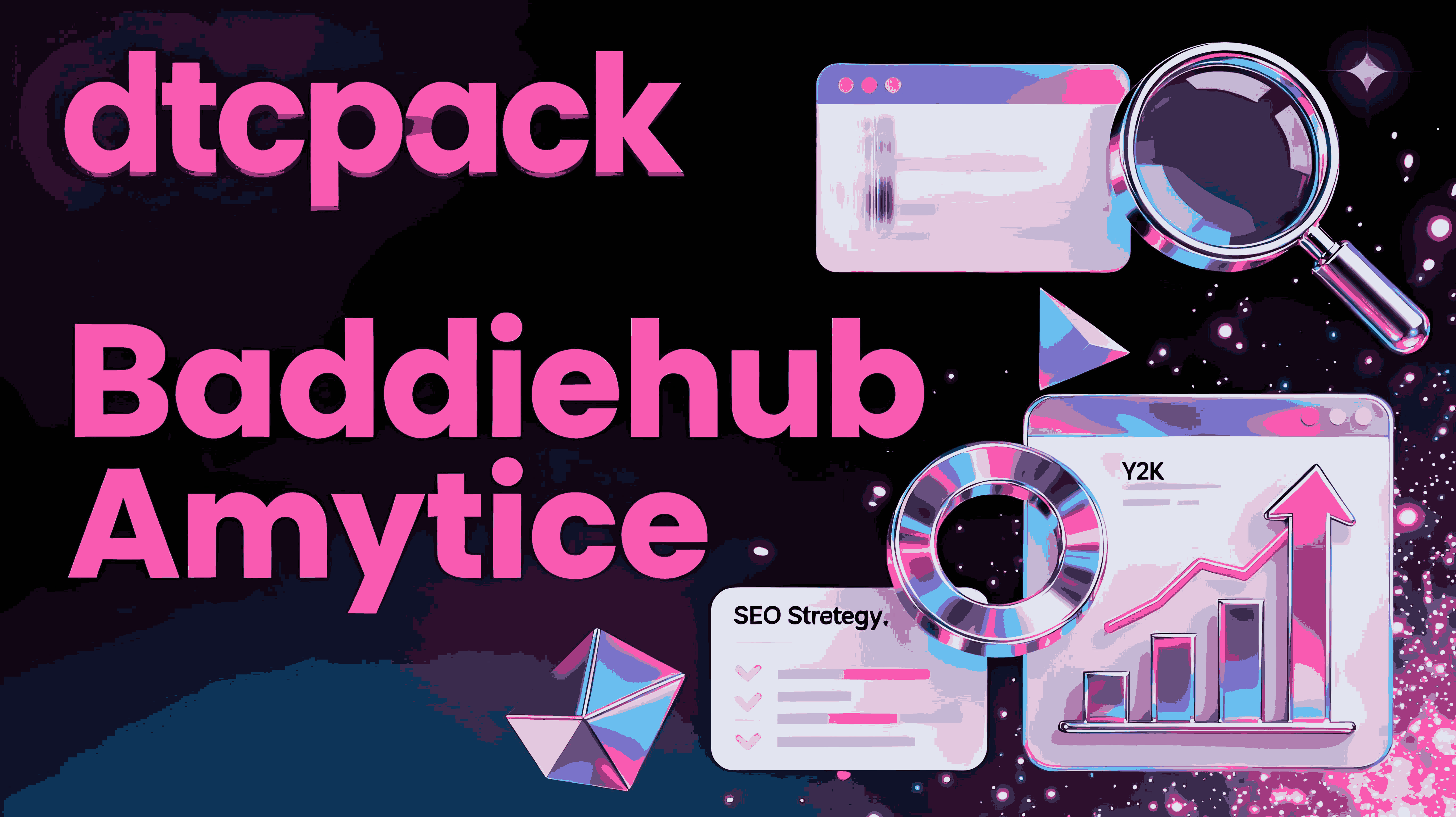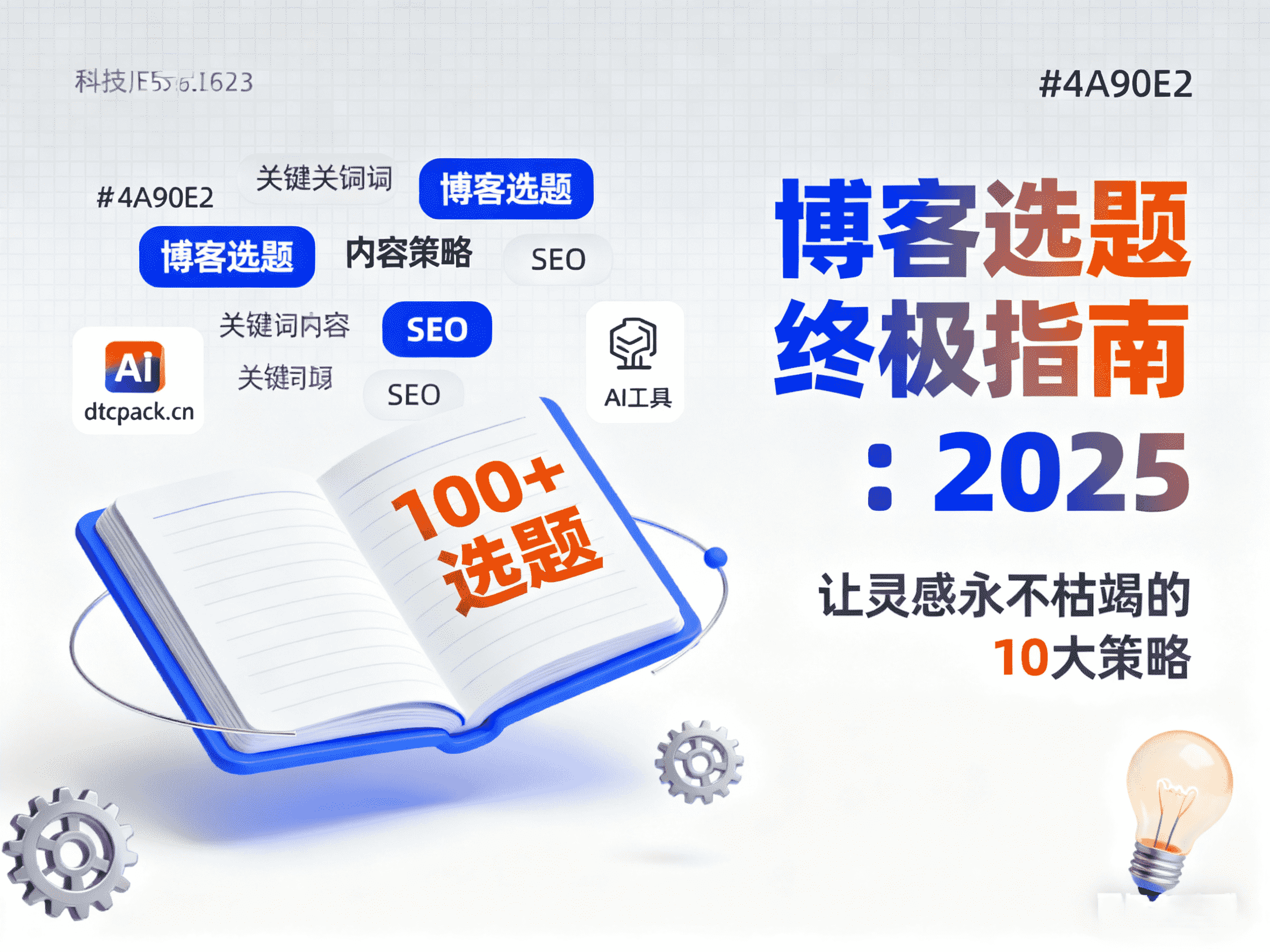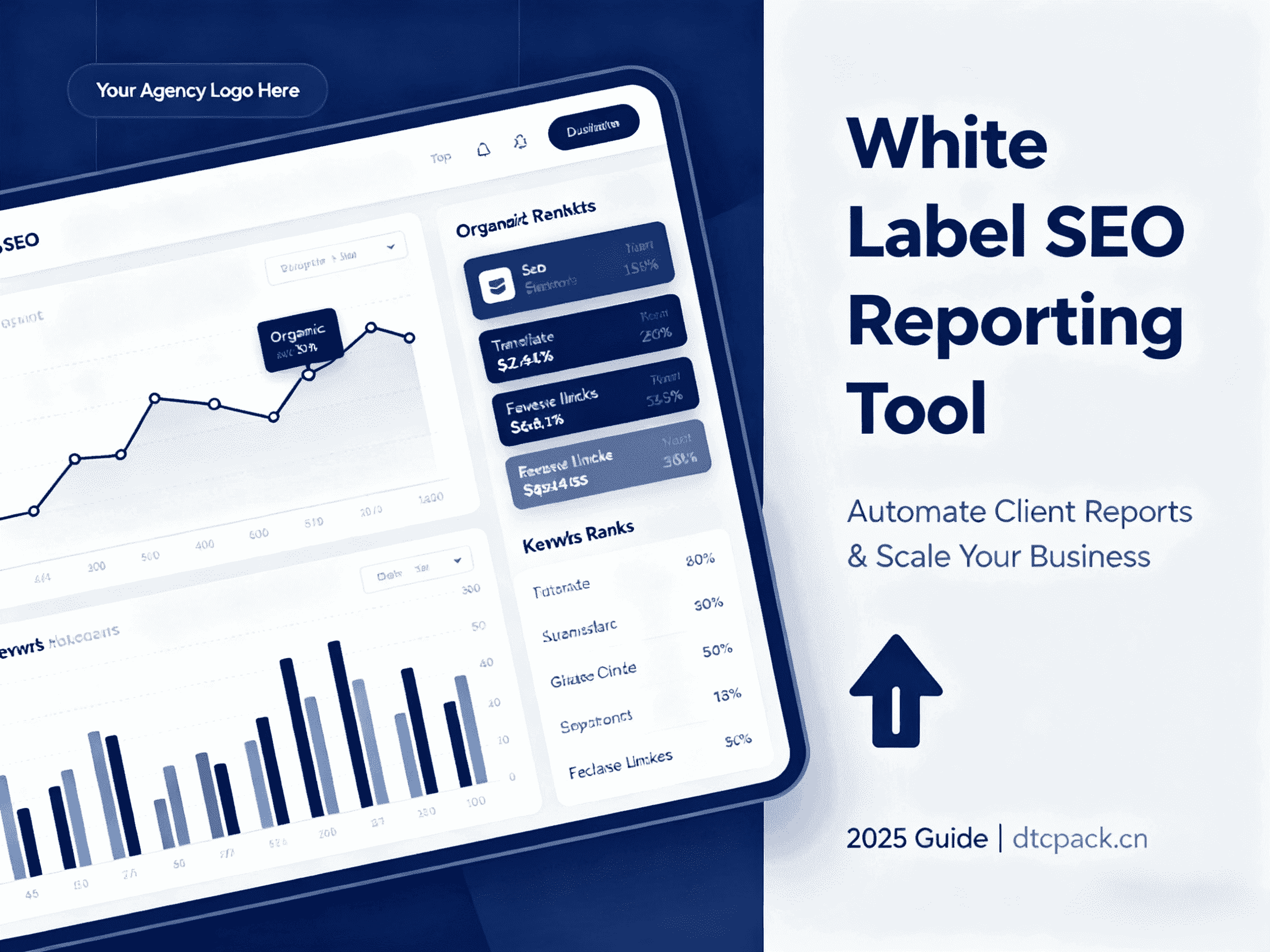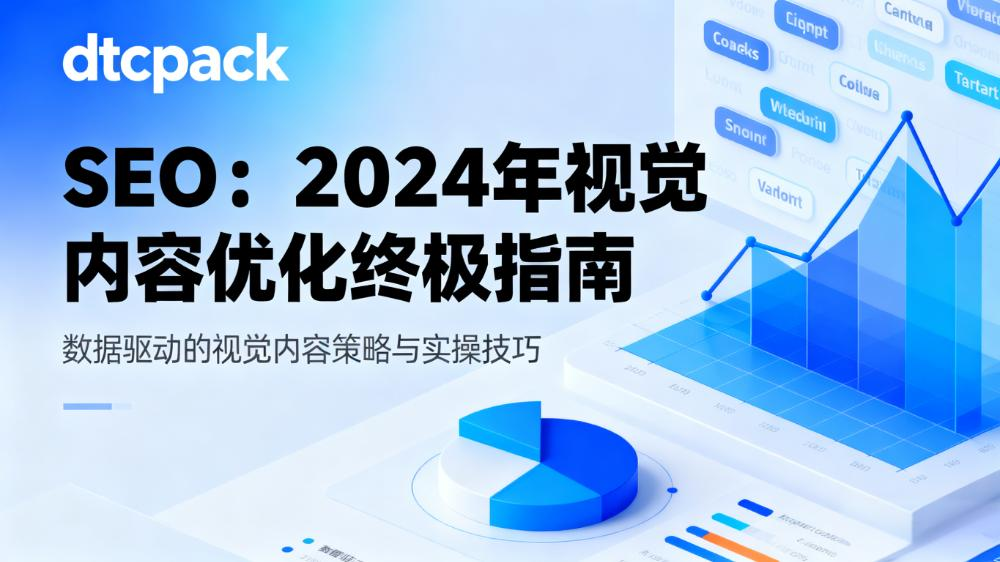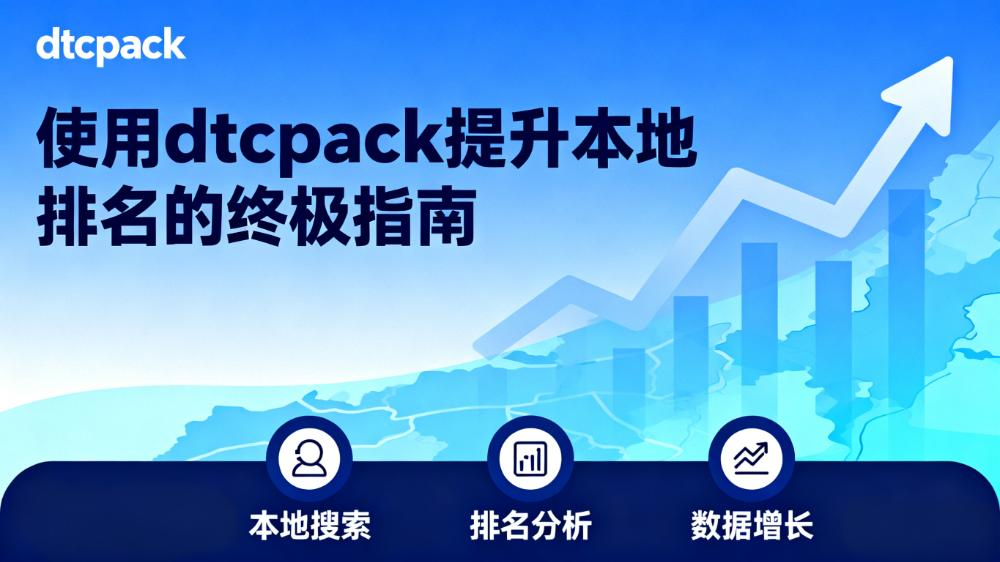For over two decades, SEO (Search Engine Optimization) was the undisputed playbook for online visibility. It spawned a massive industry of keyword stuffers, backlink brokers, content optimizers, auditing tools, and the professionals and agencies who wielded them. But in 2025, the center of gravity for search has quietly shifted from traditional browsers to Large Language Model (LLM) platforms. With Apple's announcement that native AI search engines like Perplexity and Claude will be integrated into Safari, Google's long-held distribution chokehold is being seriously questioned. The foundation of the $80+ billion SEO market has developed a crack.
A new paradigm is emerging, one driven not by page rank, but by language models. We are entering Act II of search: Generative Engine Optimization (GEO).
From Links to Language Models: A Fundamental Paradigm Shift
Traditional search was built on links; GEO is built on language.
In the SEO era, "visibility" meant ranking high on a search engine results page (SERP). Page ranks were determined by factors like keyword matching, content depth, backlinks, and user experience. Today, with LLMs like GPT-4o, Gemini, and Claude acting as the new interface for how people find information, "visibility" means appearing directly within the AI-generated answer itself, rather than just ranking high on the results page.
As the format of answers changes, so do our search habits. AI-native search is fragmenting across platforms like Instagram, Amazon, and Siri, each powered by different models and user intents. Queries are getting longer (averaging 23 words, versus 4 in the past), sessions are deeper (averaging 6 minutes), and responses vary based on context and source. Unlike traditional search, LLMs can remember, reason, and respond with a personalized synthesis from multiple sources. This fundamentally alters how content is discovered and how it needs to be optimized.
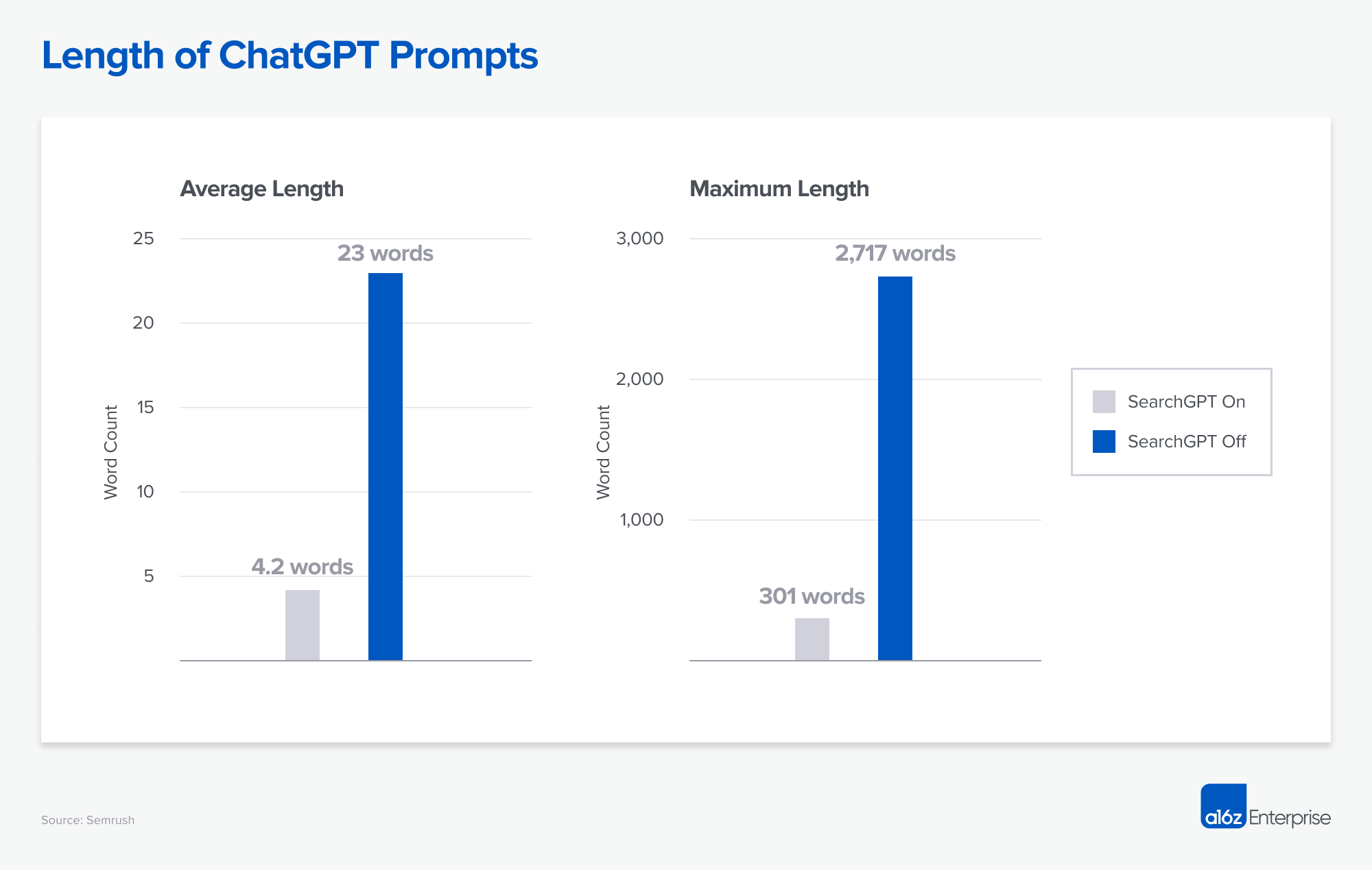
Traditional SEO rewards precision and repetition; generative engines, however, favor content that is well-structured, easy to parse, and dense with meaning (not just keywords). Phrases like "in summary" or formatting like bullet points help LLMs effectively extract and reproduce content.
It's also worth noting that the LLM market is fundamentally different from the traditional search market in its business model and incentives. Classic search engines like Google monetize user traffic through ads, where users "pay" with their data and attention. In contrast, most LLMs are subscription-driven services. This structural shift impacts how content is referenced: model providers have less incentive to surface third-party content unless it enhances the user experience or reinforces product value. While an ad market may eventually emerge on top of LLM interfaces, its rules, incentives, and participants will likely look very different.
In the meantime, an emerging signal of value in LLM interfaces is their volume of outbound clicks. For instance, ChatGPT is already driving referral traffic to tens of thousands of different domains.
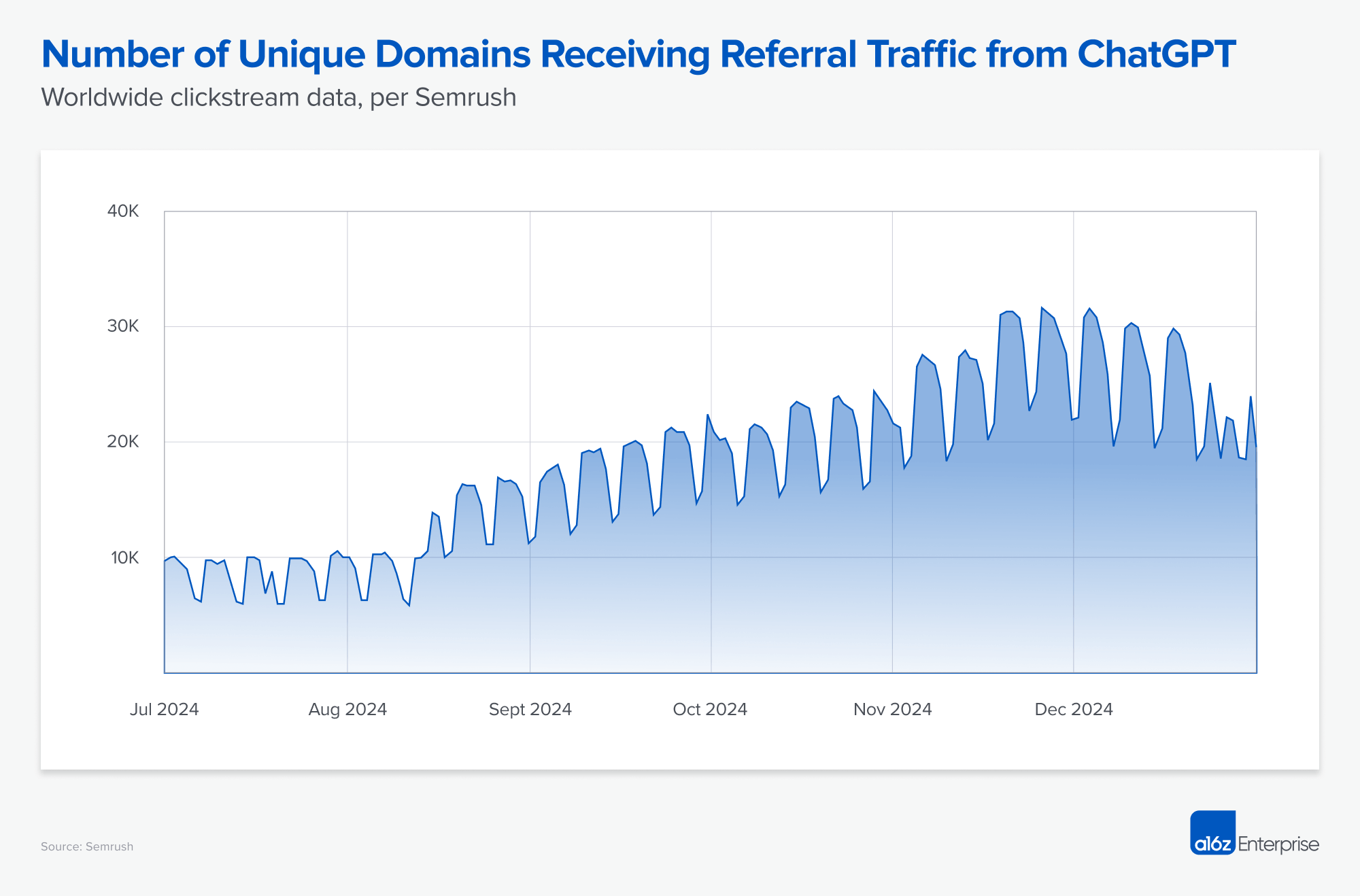
From Rankings to Model Relevance: Redefining Brand Performance
The focus is no longer just on click-through rates, but on reference rates: how often is your brand or content cited or used as a source in model-generated answers? In a world of AI-generated outputs, GEO means optimizing for what the model chooses to reference, not just whether or where you appear in a traditional search. This shift is completely revamping how we define and measure brand visibility and performance.
We are already seeing emerging platforms like Profound, Goodie, and Daydream that help brands analyze how they appear in AI-generated responses, track sentiment across different models, and understand which publishers are shaping model behavior. These platforms work by fine-tuning models to mimic brand-relevant prompts, strategically injecting SEO keywords, and running synthetic queries at scale. The outputs are then organized into actionable dashboards that help marketing teams monitor visibility, messaging consistency, and competitive share of voice.
Canada Goose, for example, used such a tool to gain insight into how LLMs referenced its brand—not just in terms of product features like warmth or waterproofing, but in terms of brand recognition itself. The key takeaway was not just how users discovered Canada Goose, but whether the model spontaneously mentioned the brand at all—a crucial indicator of unaided awareness in the AI era.
This type of monitoring is becoming as essential as traditional SEO dashboards. Tools like Ahrefs' "Brand Radar" now track brand mentions in AI Overviews, and Semrush has launched a dedicated AI toolkit to help brands track perception, optimize for AI visibility, and respond to mentions in LLM outputs. This signals that legacy SEO players are actively adapting to the GEO era.
We are witnessing the birth of a new kind of brand strategy: one that accounts not only for perception in the public mind but also for perception in the model's mind. How you are encoded into the AI layer is your new competitive advantage.
Of course, GEO is still in its experimental phase, much like the early days of SEO. With every major model update, we risk relearning (or unlearning) how to best interact with these systems. Just as Google's algorithm updates once sent companies scrambling, LLM providers are still tuning the rules behind what their models cite. Different schools of thought are emerging: some GEO tactics are fairly well understood (e.g., being mentioned in source documents that LLMs cite), while other assumptions are more speculative, such as whether models prioritize journalistic content over social media.
Lessons from the SEO Era
Despite its scale, SEO never produced a monopolistic winner. Tools like Semrush, Ahrefs, Moz, and Similarweb all achieved success, but none captured the entire stack. Each carved out a niche: backlink analysis, traffic monitoring, keyword intelligence, or technical audits.
SEO was inherently fragmented. The work was distributed across agencies, internal teams, and freelancers. The data was messy, and rankings were inferred, not verified. Google held the algorithmic keys, but no single vendor controlled the interface. Even at their peak, the biggest SEO players were merely tooling providers. They lacked the user engagement, data control, and network effects to become central hubs. Clickstream data—the record of user clicks—is arguably the clearest window into real user behavior, but it has historically been prohibitively difficult to access.
GEO changes that.
How to Get Mentioned: The Rise of GEO Tools
This isn't just a shift in tooling; it's a platform-level opportunity. The most compelling GEO companies won't stop at measurement. They will fine-tune their own models, learning from billions of implicit prompts across verticals. They will own the entire loop—insight, creative input, feedback, iteration—with differentiated technology that doesn't just observe LLM behavior, but shapes it. They will also figure out how to capture clickstream data and combine first- and third-party data sources.
Platforms that win in GEO will go beyond brand analysis to provide the infrastructure for action: generating campaigns in real-time, optimizing for model memory, and iterating daily as LLM behavior shifts. These systems will be operational.
This unlocks an opportunity far broader than just visibility. If GEO is how a brand ensures it's referenced in AI responses, it's also how it manages its ongoing relationship with the AI layer itself. GEO becomes the "system of record" for interacting with LLMs, allowing brands to track presence, performance, and outcomes across all generative platforms. Whoever owns this layer, owns the budget behind it.
This is the monopolistic potential: not just serving insights, but becoming the channel itself. If SEO was a decentralized, data-adjacent market, GEO can be its inverse—centralized, API-driven, and embedded directly into brand workflows. Ultimately, GEO is the most obvious wedge into the broader world of performance marketing. The same brand guidelines and user data understanding that power GEO can also power growth marketing. This is how a big business gets built: a software product that can test, iterate, and optimize across multiple channels. AI is enabling the autonomous marketer.
Timing is critical. The shift in search is just beginning, but ad dollars move fast, especially when there's an arbitrage opportunity. In the 2000s, it was Google's AdWords. In the 2010s, it was Facebook's targeting engine. Now, in 2025, it's LLMs and the platforms that help brands navigate them. Put another way, GEO is the competition to get into the model's mind.
In a world where AI is the front door to commerce and discovery, the question for marketers is:
Will the model remember you?
Try it now: [DTCPack-GEO Optimization]
FAQ (Frequently Asked Questions)
-
Q1: Does this mean that traditional SEO will "die" soon?
A: Not exactly. "Die" is probably too strong a word; "evolve" is more accurate. Many core principles of traditional SEO, such as high-quality content, technical site health, and authority, remain the foundation for GEO. However, traditional SEO strategies that are solely focused on "ranking blue links" are rapidly losing value. The future of SEO must incorporate GEO thinking, where the ultimate goal is no longer just to secure a link position, but for your content and brand to become part of the AI-generated answer itself. -
Q2: GEO sounds complex. Do small and medium-sized businesses (SMBs) have a chance to compete?
A: Absolutely, and it might even be an asymmetric advantage for SMBs. Unlike traditional SEO, which often relies on domain authority and a massive backlink profile built over years, GEO places a higher value on the depth, uniqueness, and problem-solving capability of content on a specific topic. An SMB that becomes a true expert in a very specific niche and creates content that an AI model deems the most authoritative and clear, has a very real chance of outperforming larger, more resourced companies in the GEO competition. You can try using DTCPack's GEO optimization system for immediate results. -
Q3: How should I start implementing my GEO strategy right now?
A: You can begin with three simple steps:-
Shift Your Mindset: Stop thinking only about "What's my rank for this keyword?" and start asking, "Is my content the single best answer to this question?".
-
Optimize Your Content: Review your existing core content. Restructure it with clearer formats (like FAQs, summary paragraphs, and bullet points) to make it easier for AI to crawl and understand.
-
Build Entity Authority: Consistently publish high-quality, in-depth content with unique perspectives in your area of expertise. Actively participate on authoritative platforms in your industry (like professional forums and trade media) to establish your brand as a recognizable and trustworthy "entity" that AI can identify. Then, try using DTCPack-GEO Optimization.
-
-
Q4: How can I track the "reference rates" mentioned in the article?
A: Tracking "reference rates" is an emerging challenge, but solutions are already appearing. On one hand, you can use the emerging GEO analytics platforms mentioned in the article (like Profound, Goodie, etc.), which are specifically designed to monitor brand mentions across major AI models. On the other hand, you can set up Google Alerts or similar brand monitoring tools. While not perfect, they can catch some instances where your content, after being cited by an AI, is shared by users across the web. As GEO matures, more precise tracking tools will inevitably become available.


